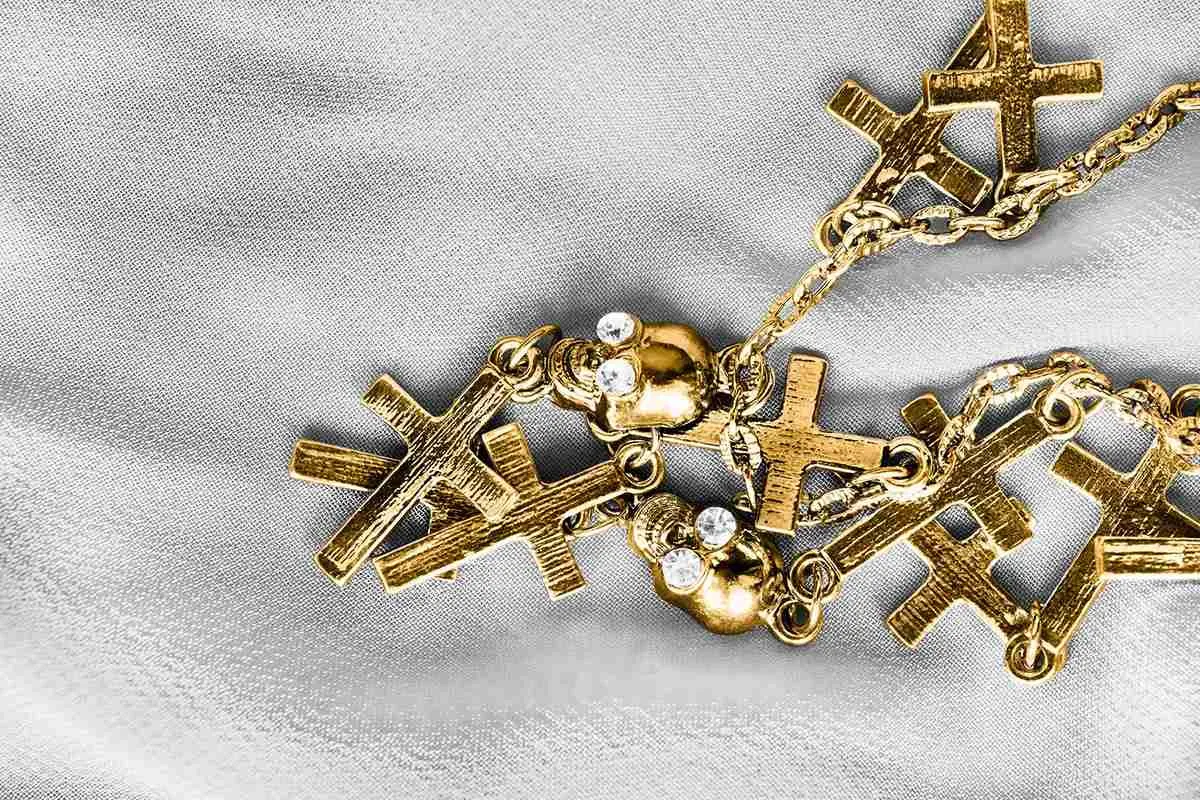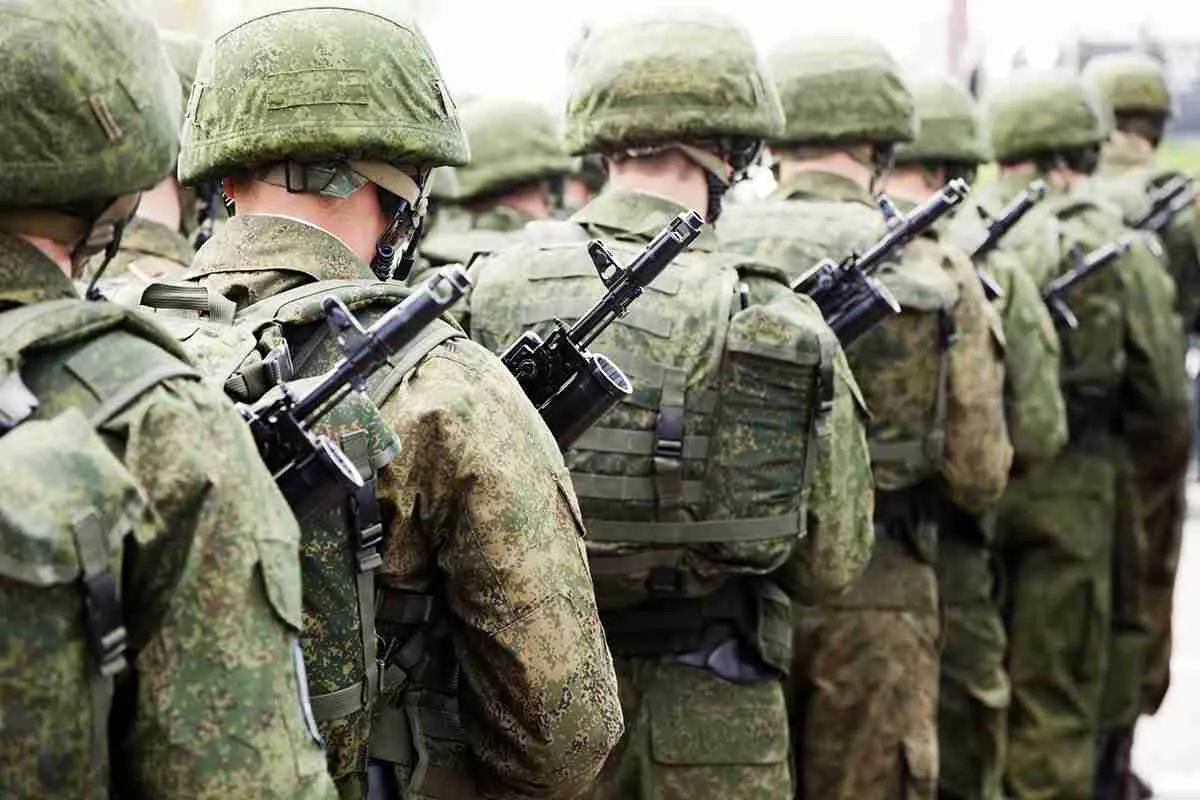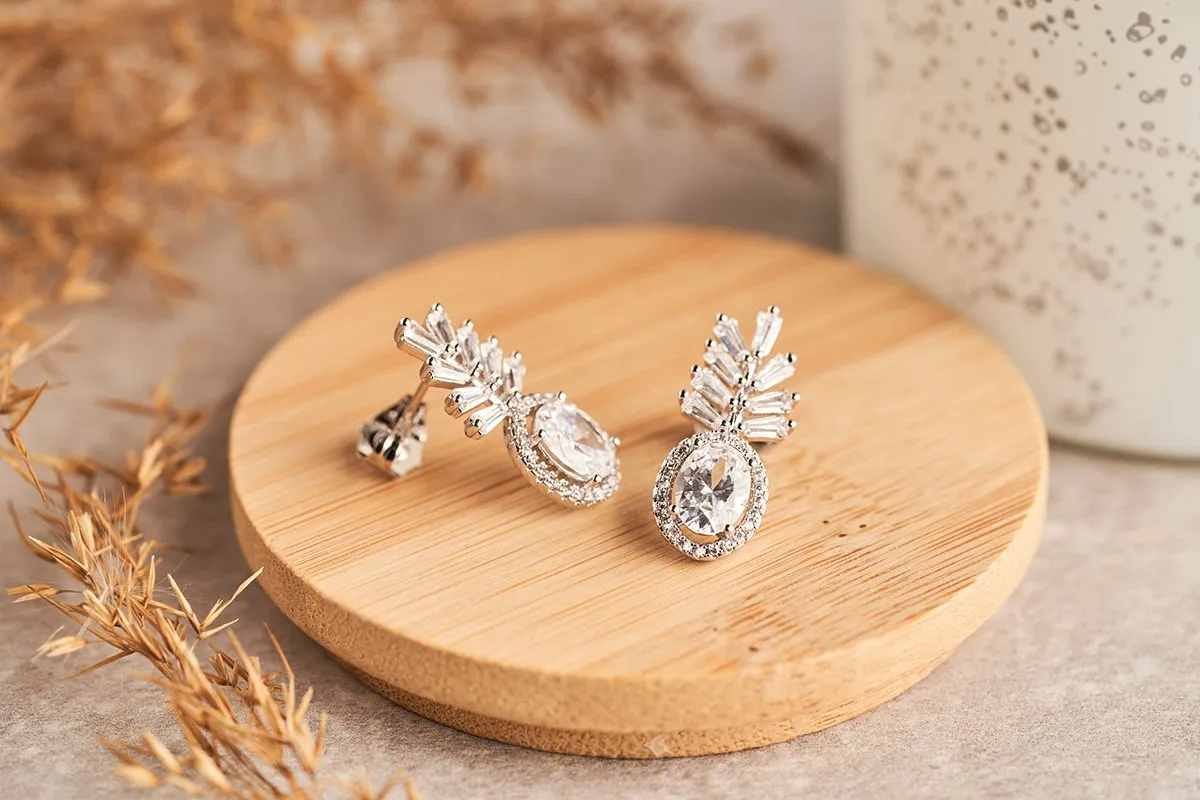Tanjiro Kamado is the protagonist of Demon Slayer, and when it first aired, people interpreted his earrings as the Japanese Imperial flag. The earrings depicted the Rising Sun, a symbol commonly used on the Japanese military flag during World War II. That’s why anyone who wore the earrings in cosplay was criticized for wearing them, so is it okay to wear Tanjiro’s earrings?
You can wear Tanjiro’s earrings only if you’re wearing the new flower earrings, not the old Rising Sun earrings. While Tanjiro’s old earrings were indeed offensive, the new earrings were specifically created for the Demon Slayer manga and had nothing to do with the Japanese Imperial flag.
This article will talk more about the controversy behind Tanjiro’s earrings and why he wears them. I’ll also talk about the Rising Sun flag and why you shouldn’t be wearing anything with that symbol on it. Keep reading to find out more
The Controversy Behind the Original Earrings
The Demon Slayer character is known for wearing hanafuda earrings, which are really just Japanese playing cards placed on earring hooks. In fact, the word “hanafuda” means “flower cards” in Japanese.
But the “cards” on his earrings aren’t real cards you would see in real life. They were created specifically for the manga, likely to ward away controversy. And yet, the controversy came anyway!
As mentioned above, when Demon Slayer first aired, Tanjiro’s earrings depicted the Rising Sun. The design was meant to reflect Tanjiro’s fighting ability, the Sun Breathing Technique, which (like the earrings) was passed down from generation to generation in his family.
However, the design on the earrings meant something much different to others, specifically East Asians who’d seen a very similar design before – and it wasn’t exactly a good memory.
People interpreted the earrings as a reference to the Japanese Imperial army. The reason this was so offensive comes from the fact that Japan used the Rising Sun flag during World World II when many war crimes were committed.
These war crimes included
- Rape
- Looting
- Forced labor
- Starvation
- Cannibalism
- Mass killings
- Human experimentation
- Etc.
It is no small wonder, then, that so many people should feel outraged by the symbolism. It’s a little like if a Swastika was put on a cartoon character’s shirt and people started wearing the shirt to work.
So by cosplaying with the original version of Tanjiro’s earrings, fans were seen as belittling and even endorsing the atrocities committed during World War II.
As a response to the outrage and backlash, the producers of Demon Slayer changed the design of the earrings to make them look less like the Japanese Imperial flag. The earrings were altered not to depict the Rising Sun anymore, instead depicting red and white flowers.
The Rising Sun Flag
To underscore the seriousness of the issue, the Rising Sun flag is so hated that many South Koreans, and even some Japanese people, want it outright banned. Those who wave it at ball games and casually hang it in their yards are seen as nationalists romanticizing the abuses faced by East Asians at the hands of the Japanese.
Unfortunately, the flag has not been banned. It is still used commercially to promote products, in newspapers and comic books, and even on beer cans! (In this way, it’s much like the Confederate flag, or Dixie flag, in the United States.)
Why Tanjiro Wears Hanafuda Earrings
Tanjiro Kamado is a boy who decides to become a demon slayer after his entire family (barring his sister) is murdered by a demon. It’s the classic Hero’s Journey plus a revenge plot. Tanjiro also has a Harry Potter-esque forehead scar and wears a green checkered haori and the infamous hanafuda earrings.
Tanjiro wears the hanafuda earrings because a demon slew his family. The earrings are a family heirloom and remind him of what was lost. So it’s ironic, if not hypocritical, that the earrings should belittle what was lost during World War II.
When people wear Tanjiro’s original Rising Sun earrings obliviously, they are typically cosplaying the standard male hero who lost his family. They are indulging in a fantasy. They are not making a mockery of the atrocities that happened during World War II. Or maybe they are, but like Tanjiro, I tend to look for the best in people.
While the show’s more ignorant fans likely meant no offense with their cosplay, many South-East Asians in the audience were not happy with the show’s creators. After all, the people who created the show had to know what the symbol of the Rising Sun would mean to the people living in Korea and Taiwan, who Japan occupied in 1910.
Conclusion
You can wear Tanjiro’s earrings. But if you want to be more appropriate and sensitive to the history of East Asia, you should probably stick to the new version with the red and white flowers. Leave the Rising Sun version to Japanese nationalists.
What To Read Next:





